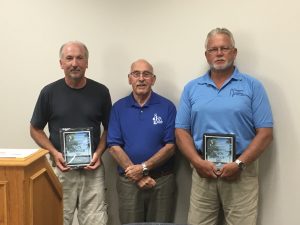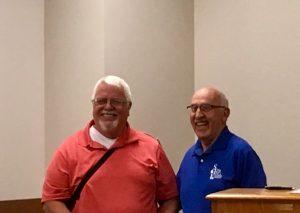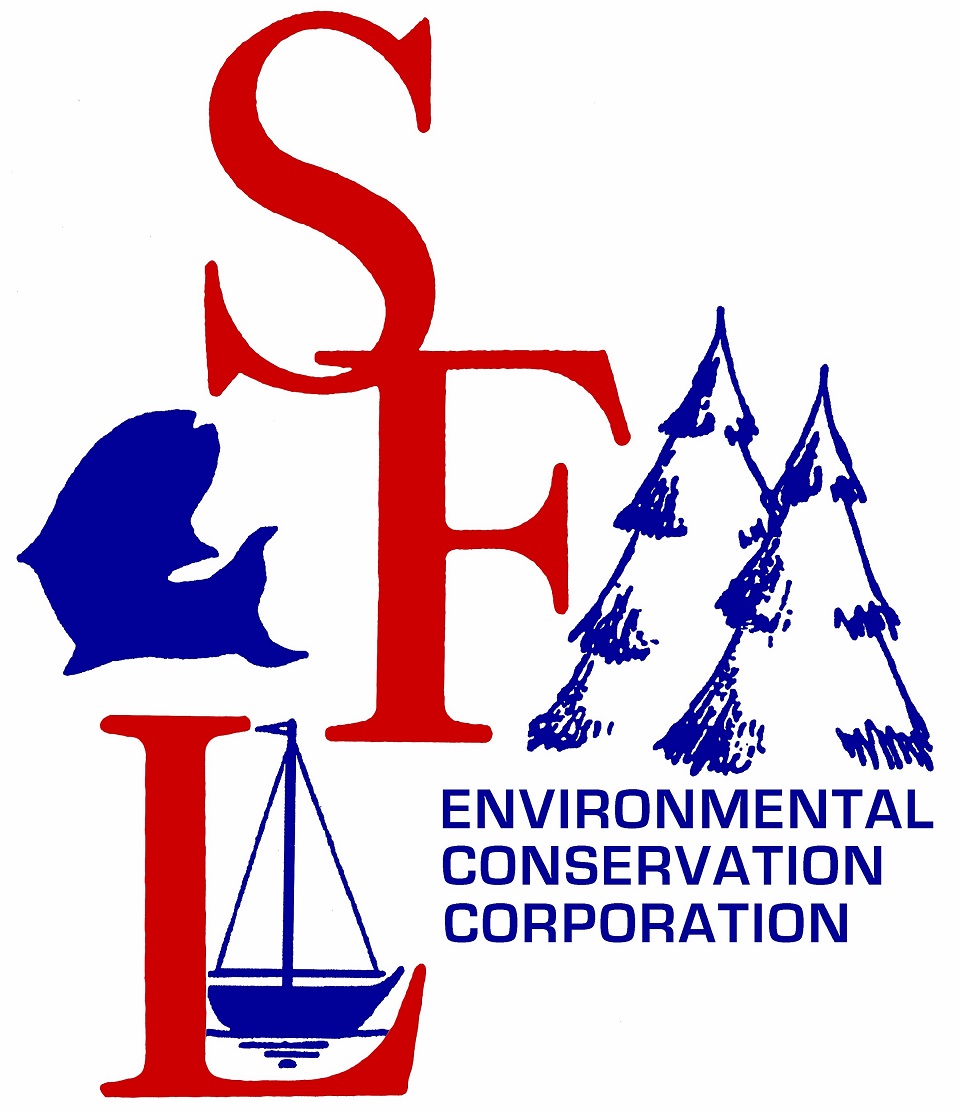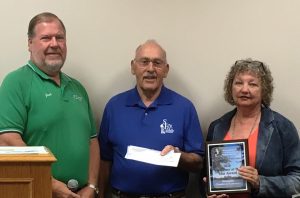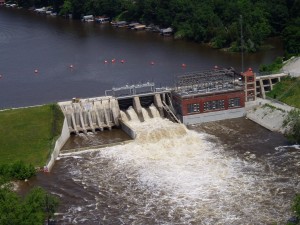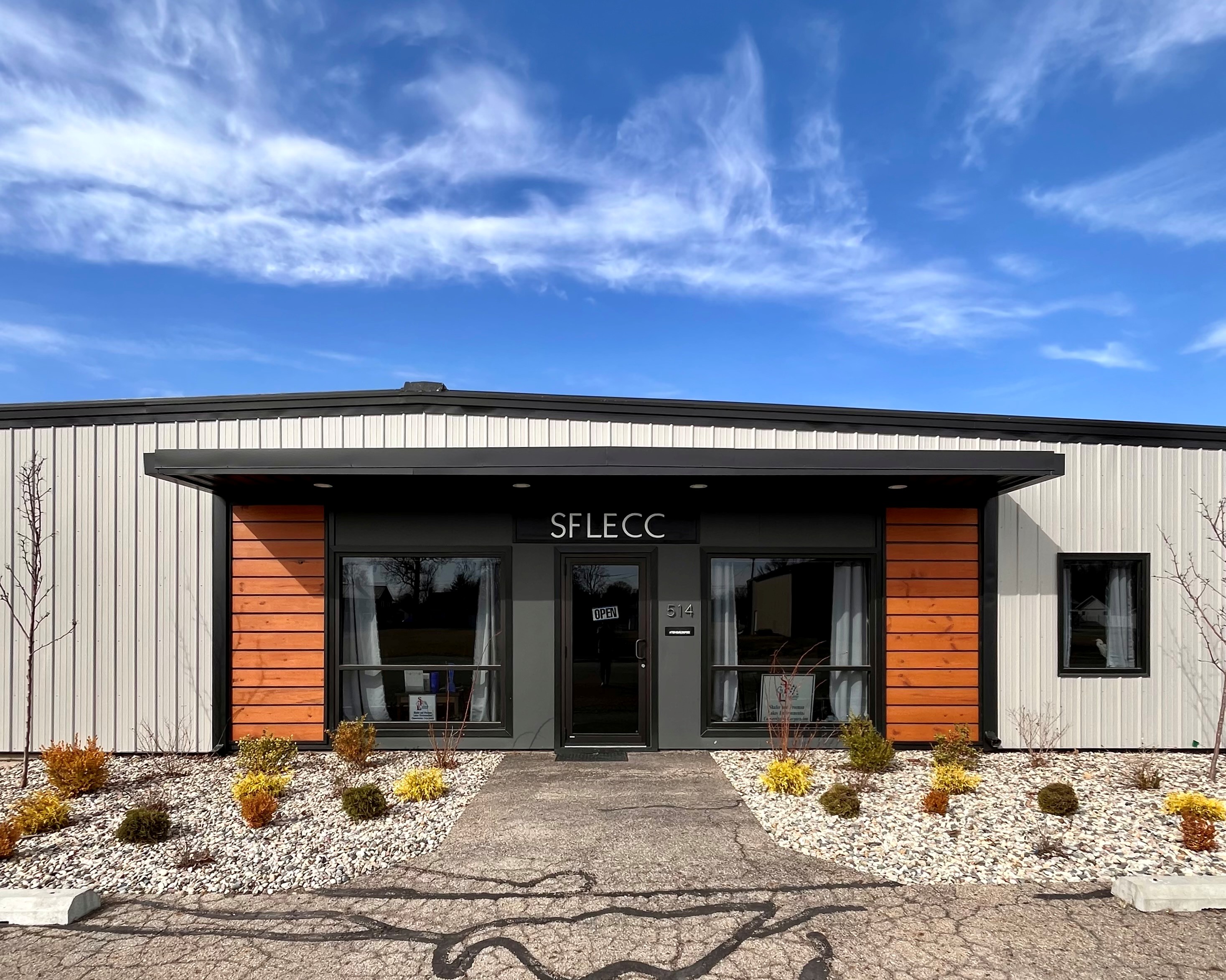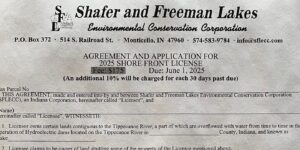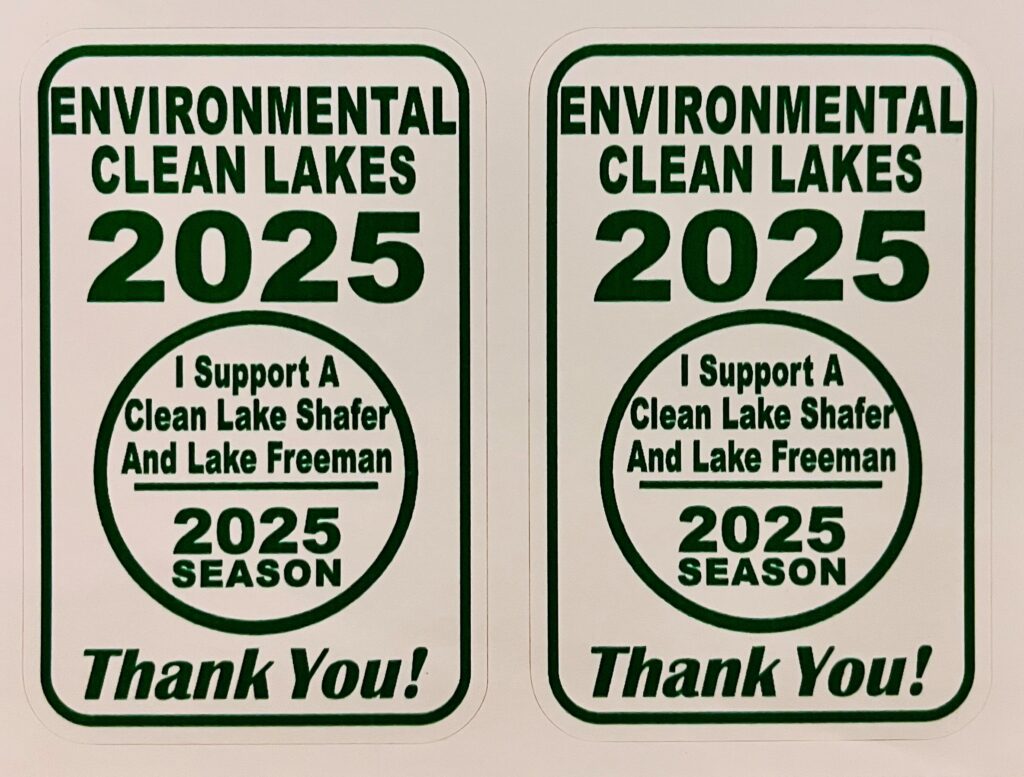News Release
From: SFLECC
Re: Annual Meeting
Date: August 27, 2016
On Saturday, August 27, the Shafer and Freeman Lakes Environmental Conservation Corporation (SFLECC) held its annual meeting. Board of Directors President, Lee Kreul, welcomed those in attendance. Introducing the present Board of Directors, he thanked them for their volunteer service. Going off the Board were Nan Albright-having served one term, and Wayne Garrison-having served two terms. Kreul introduced Jared Bond, liaison representing Rep. Rokita. Also introduced were Janet Dold and Jack Faker of the Greater Monticello Chamber of Commerce & Visitors Bureau. They presented the SFLECC with $2,565 from their Frenzy on Freeman fundraiser in support of SFLECC’s efforts to keep the lakes level. In appreciation of their raising $10,632 for this effort over the past two years, the SFLECC named the Monticello Chamber of Commerce as its recipient of its 2016 Volunteer of the Year Award.
The Chair of the Nominations Committee, Wayne Garrison, introduced the seven candidates for the five available Director positions. They were: Merle Peterson (incumbent); Mike Triplett (incumbent); Lynn West (incumbent); Daryl Johns; Neil Klemme; Marc Motuliak; and Paul Neumann. The polls were open until the end of the meeting.
John Koppelmann, former SFLECC President, discussed the ‘Keep the Lake Levels’ Taskforce’s activities during the past year. Koppelmann noted FERC had presented its Draft Environmental Assessment, which agreed with SFLECC that in abnormal low flow periods NIPSCO was to stop generation of electricity and keep the lakes level. In spite of this, USFWS has refused to concur with FERC’s position. Koppelmann explained the several options available, but which course of action depends on what FERC’s final Environmental Assessment says, because USFWS has indicated if it is not accepting their position, they will not concur. Then the two Federal Agencies must begin negotiations. It was stressed that NIPSCO owns and controls the dams, not SFLECC.
SFLECC Treasurer, Jack Werner, presented the financial state of the organization. He indicated that the finances were within the projected budgets for operations and dredging. Werner indicated the Keep the Lake Levels fund has been drawing on SFLECC’s reserves and has been difficult to project needs, but thanks to community donations we are in good shape.
Joe Roach, Executive Director, shared highlights from the past year and anticipations for the next. He discussed the dredging occurring on both lakes. Roach stressed if individuals want informed regarding high or low flow events on the lakes, NIPSCO is using White County’s Emergency Notification System. In addition, he spoke regarding a mile and half buffer zone around the lakes in White County. This buffer zone prohibits new confined animal feeding operations, CAFOs.
Gabrielle Haygood, Office/Land Manager, discussed her activities over the past year. She noted the acceptance of license payment by credit card has improved timeliness of payments. Construction around the lakes is on par with previous years. The Clean-up Crew has been an asset this summer and has been quick to respond to items needing picked up.
After a period of questions and answers, Vice President John Engler called for the adjournment of the meeting. This signaled the closing of the elections. Elected to three-year terms as Directors of the SFLECC were: Merle Peterson; Mike Triplett; Lynn West; Daryl Johns; and Paul Neumann.
